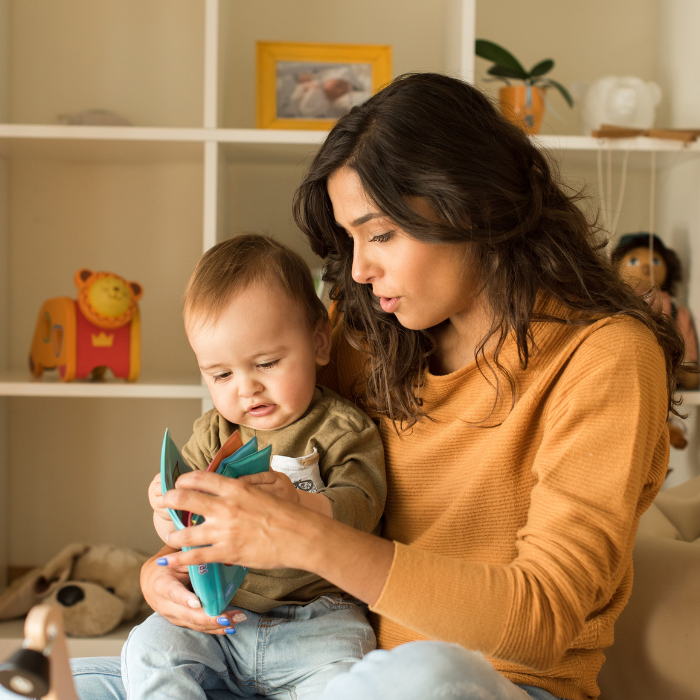
Literacy levels in Aotearoa are on the wane. Yvonne Walus asks why is this happening and what we can do?
You’ve probably seen the headlines: “New Zealand kids used to be in the top 10 in the world for reading.” For the past two decades, however, our literacy results have been sliding. As parents of young learners, we have the right ask what happened, and, more importantly, how do we fix it?
THE PAST: PHONICS VERSUS THE WHOLE LANGUAGE APPROACH
To understand the challenge, let’s take a quick look at the history of literacy instruction in our country. Before the mid-1970s, Kiwi kids were taught to read using phonics. In other words, focusing on the sounds that letters and letter combinations make. Children learned to recognise and sound out individual letters (like “t”, “s”, “w”), as well as combinations of letters (like “th” or “sh” or “wh”). Teachers would point out the different sounds the letter “a” can make in “mad” and in “made”, and they learned helpful soundbites to help them remember, such as: “The E at the end of the word is magic because it makes the vowel say its name,” or “The bossy R changes the sound of the vowel before it, like in car and bird.” This meant that children learned how to work out pronouncing written words, and how to string those words together to make sentences.
By the late 1970s, most New Zealand schools adopted a new literacy philosophy called “the whole language approach”, also known as “balanced literacy”. This method was based on the idea that reading, just like speaking, would come naturally to children – all you needed to do was to put the learners in a book-rich environment and encourage them to be curious about reading. Phonics and analysing the sounds were abandoned in favour of understanding the overall meaning of a text. Teachers encouraged young readers to rely on sentence context, pictures, and partial word recognition to guess what’s written, without breaking down words into individual letters or components.
Recent scientific studies, however, have shown that the “whole language” method doesn’t work for all learners. Because speech developed at least 50,000 years ago, human brains are hardwired to learn to talk, and it happens naturally simply by being immersed in an environment rich in talking. In contrast, reading and writing were created a lot more recently, and because they are an artificial social construct, they need to be taught explicitly and systematically.
THE WAY FORWARD
The Ministry of Education is making changes in how reading is taught today, focussing on methods that have been proven to work, like phonics and structured literacy. Structured literacy emphasises explicit, systematic, and sequential teaching of literacy at multiple levels: Phonemes (smallest unit of sounds in the English language – English has 44 of them!), letter-sound relationships, syllable patterns, vocabulary, sentence structure, paragraph structure, and text structure.
Some schools are already using structured literacy with help from private providers, and they are impressed by the positive impact it has had on students’ literacy skills and overall confidence. Universities are also beginning to train new teachers in how to teach reading using structured literacy. On its website, the Ministry of Education states that it supports a range of teaching approaches, including phonics, and plans to enhance its resources for phonics instruction in the early years.
Lifting Literacy Aotearoa chair Alice Wilson welcomed the change but challenged the speed of the journey, claiming that the government is reluctant to let go of the old way and of the balanced approach philosophy. “At this stage, with the research we’ve had around so many years now, they’re still dragging their feet and they’re not being brave enough.”
Reading activities you can practice at home
While you may believe it’s the school’s responsibility to teach literacy, reading at home as a family creates a strong bond between parents and children. It’s an opportunity for quality time and emotional connection. When children experience the joy of reading at home, they are more likely to develop a lifelong love for books and become independent readers. Here are a few tips for reading at home:
- Although sometimes labelled as “homework”, reading should be seen as a pleasure, something you all look forward to.
- Spend at least 10-15 minutes a day to read together without interruption, away from the electronics.
- Take turns and share the reading. (You can also read to your children in your first language.)
- Help your child to link the book stories to their own life. Remind them about a time something similar happened to them, or ask them how they would react if what’s happening in the book were to happen in real life.
- Talk about the pictures in books you read together.
- Visit the library together and help them choose books
- Read emails and letters from family to your child.
- Play cards and board games together.
- Be a role model. Let your child see you enjoying reading.
- Talk about reading and normalise it. When someone asks you if you’ve seen a particular TV series, tell them about a book you’ve just finished.
- Ask your child to read words on signs and labels.
- Play word games like “I spy”.
Does your school have a library?
In the last few decades, a number of schools decided the library space was needed for other purposes. Although students can make use of city council libraries to borrow books, it’s not the same as having access to books on the premises, with a regular time slot dedicated to enjoying the library as a class. School libraries are crucial to foster a love of learning, a love of books, a love of reading.








